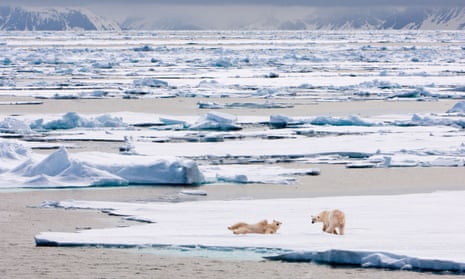Unusual Rise in Whale Strandings Raises Concerns in San Francisco Bay

The recent strandings of several whales in San Francisco Bay have sparked alarm among marine biologists and conservationists. A juvenile minke whale was spotted swimming in the bay for nearly a week before tragically beaching itself off the coast of Emeryville on April 8. Initially, scientists believed she appeared healthy, but a subsequent examination revealed that she was behaving abnormally. Regrettably, due to her deteriorating condition, the decision was made to euthanize her to prevent further suffering.
This unfortunate incident marked the fourth whale death in San Francisco Bay within just a week and a half. The series of strandings began with a 36-foot-long female gray whale that was discovered washed up on Black Sands Beach in the Marin Headlands on March 30. The cause of its death remains unclear, as noted by officials at the Marine Mammal Center.
On April 2, an adult male gray whale was found floating in the waters east of Angel Island, with its cause of death also being undetermined. Following this, a subadult male gray whale washed ashore at Fort Point Rock Beach near the iconic Golden Gate Bridge on April 4. Scientists assessed that this whale likely perished due to a collision with a vessel, highlighting the dangers faced by these majestic creatures.
The clustering of these whale deaths has raised concerns reminiscent of previous "unusual mortality events" that resulted in significant whale fatalities in elevated numbers. Kathi George, the director of Cetacean Conservation Biology at the Marine Mammal Center in Sausalito, expressed her concern, stating, "This is unusual. It takes me back to several years ago when we did have a large number of strandings happen at the same time." However, she also noted that, despite the recent surge, the overall number of whale deaths reported this year aligns with historical averages.
Moe Flannery, who heads the marine mammal necropsy team at the California Academy of Sciences, explained that this time of year typically sees gray whales migrating northward from their breeding grounds in Mexico toward feeding areas in Alaska. Consequently, it is not uncommon to spot gray whales in and around San Francisco Bay during April and May. Flannery reassured that while the recent strandings may appear alarming due to their close timeline, the total number of deceased whales does not significantly differ from figures noted in previous years.
George elaborated on the multiple factors that can lead to whale mortality, which may include diseases, malnutrition, and vessel strikes. She pointed out that the recent clustering of deaths might be coincidental, emphasizing that a number of whales are currently navigating through the bay. Some of these whales might be in poor physical condition, making them more vulnerable to human impacts.
The increased sightings of whales in San Francisco Bay have been ongoing since around 2016, coinciding with their annual migration. This migration involves significant energy expenditure, as whales do not feed during their time in the breeding grounds of Mexico. As a result, they may arrive in the San Francisco Bay seeking opportunities to regain strength before continuing their long journey northward. This behavior might also indicate a response to changing environmental conditions, such as climate change, which affects ocean temperatures and the availability of prey.
According to the Marine Mammal Center, at least 18 individual whales have been tracked swimming in the bay this year, with sightings of gray whales reported almost daily since mid-March. Most of these sightings have occurred east of Angel Island, as noted by Giancarlo Rulli, the associate director of public relations for the Marine Mammal Center.
It is worth mentioning that from 2019 to 2023, there was a surge in gray whale deaths attributed to an unusual mortality event declared by the National Oceanic and Atmospheric Administration (NOAA) Fisheries. This event saw a staggering 40% decline in the gray whale population within just four years, resulting in 347 strandings across the United States. Rulli explained that many whales that left the Arctic did so with compromised health due to climate-induced shifts in their food sources, which were moving farther away. This has significantly impacted their ability to complete the lengthy journey of up to 12,000 miles.
As of now, the number of gray whales that have washed up dead along California's coast this year stands at seven, a number that remains considerably lower than the 34 reported during the same timeframe in 2019. George stated that whether the recent whale deaths signify the onset of another unusual mortality event is still a matter for ongoing discussion and investigation. The data collected from these incidents will be crucial for understanding the broader implications of these strandings and the health of whale populations.
As the migration season continues, the potential for more whale sightings persists, with whales expected to remain in the bay until mid-May. Flannery urged water users and boaters to exercise heightened awareness of the marine life inhabiting the waters, as their coexistence with these remarkable animals is essential for conservation.




























